
Ishikawa Kazumasa (1534–1609) was a prominent Japanese retainer who began serving Tokugawa Ieyasu during his youth. Their relationship began in 1551 when both were hostages under the Imagawa clan. Kazumasa remained a loyal companion to Ieyasu, participating in key events such as the Siege of Terabe in 1558 and the Siege of Marune in 1560. After Ieyasu broke away from the Imagawa following the latter event, Kazumasa became a trusted retainer and administrator in his service.
In 1562, during the Siege of Kaminogo Castle, Kazumasa played a crucial role as Ieyasu successfully negotiated the release of his family from Imagawa Ujizane. Acting as their guardian, Kazumasa undertook this perilous duty with great responsibility. By 1567, Tokugawa forces were divided into two major divisions. Kazumasa was appointed commander of 13 Tokugawa daimyo-vassals, while Sakai Tadatsugu oversaw 18 daimyo-vassals.
Kazumasa fought in several critical battles, including the Battle of Mikatagahara in 1573 and the Battle of Nagashino in 1575. Following Toyotomi Hideyoshi's victory over Shibata Katsuie in 1583, Ieyasu conveyed his congratulations through Kazumasa. However, under Tokugawa orders, Kazumasa and Sakakibara Yasumasa later issued statements denouncing Hideyoshi. Kazumasa served at the Tokugawa headquarters in Komaki during the Komaki-Nagakute Campaign of 1584.
In 1585, Kazumasa became increasingly disillusioned with Ieyasu's defiance of Hideyoshi. Viewing this resistance as reckless, he defected to Hideyoshi’s side. This betrayal forced Ieyasu to overhaul his military organization and defense strategies, as Kazumasa had deep insights into Tokugawa operations.
After Hideyoshi's death and the establishment of the Tokugawa Shogunate, Kazumasa and his family faced punitive measures, losing their fief. Kazumasa eventually retired and spent his remaining years with his son, Ishikawa Yasunaga, until his death in 1609.
See also
-
Tachibana Muneshige

Tachibana Muneshige was born the eldest son of Takahashi Shigetane, one of the principal retainers of the Ōtomo clan and commander of Iwaya Castle. In childhood, he bore the name Senkumamaru. His early years coincided with a period of intense military confrontation between the Ōtomo clan and other powerful warrior houses of Kyūshū—namely the Shimazu, Akizuki, and Ryūzōji clans.
-
Tachibana Dosetsu
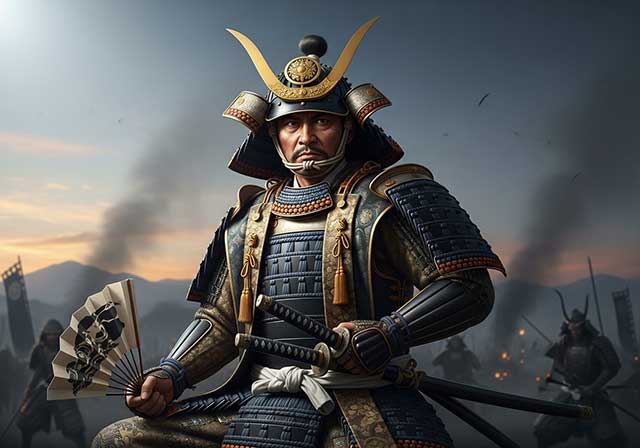
Tachibana Dōsetsu is the name by which Hetsugi Akitsura is more widely known; the name of this lineage is also found read as Hekki or Bekki. For a long period, Akitsura served the Ōtomo clan, the daimyō of Bungo Province, and took part in wars against the Ōuchi family, the principal enemies of the Ōtomo in northwestern Kyushu. In the 1560s, Akitsura seized the castle of the Tachibana clan, which had rebelled against the Ōtomo, and thereafter adopted the surname Tachibana. Around the same time, he took Buddhist vows and assumed the name Dōsetsu, which means “Snowy Road.”
-
Taira no Masakado
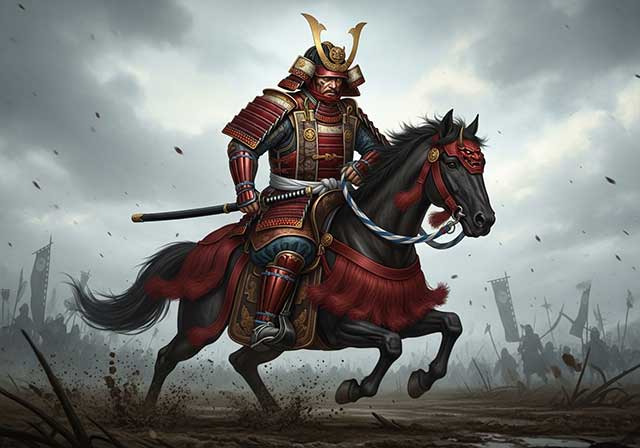
Taira no Masakado embodied the quintessential samurai of his era—self-assured, harsh, and unyielding. In his youth, he served in the palace guard and repeatedly proved his bravery while suppressing unrest. Thanks to these achievements, Masakado sought the post of chief of the capital’s military-police office (the kebiishi-chō), but he was rejected: by that time, nearly all court positions—now little more than privileged sinecures—were controlled by members of the powerful Fujiwara clan.
-
Sakakibara Yasumasa
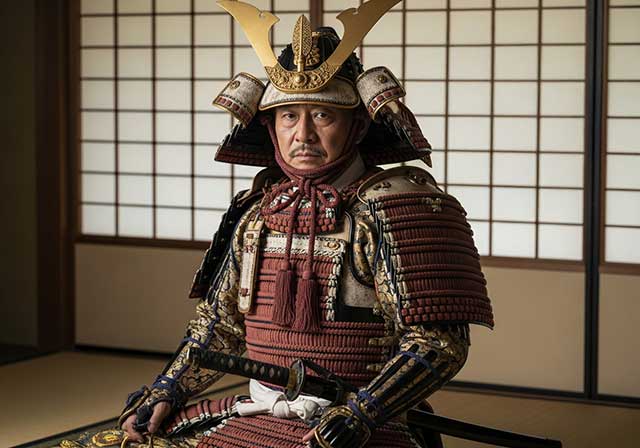
Yasumasa was the second son of Sakakibara Nagamasa and was born in Ueno in Mikawa Province. From a young age, he began serving Tokugawa Ieyasu and eventually rose to the position of one of his most trusted generals. His wife was the daughter of Osuga Yasutaka. Ieyasu first noticed the young Yasumasa during the suppression of the Ikkō-ikki uprising in Mikawa in 1564. Thanks to his demonstrated abilities, Yasumasa was granted the privilege of using the character “yasu”—the second character of Ieyasu’s own name—in his own. Although he was the second child in his family, he became his father’s heir, though the exact reasons for this remain unknown.
-
Sakai Tadatsugu
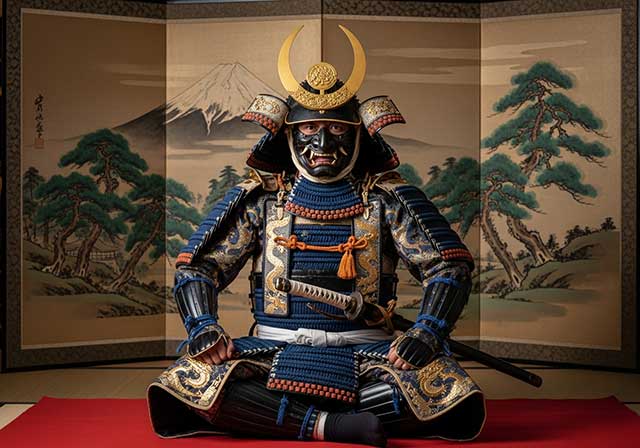
Tadatsugu was one of the most renowned generals serving Tokugawa Ieyasu. After Ieyasu broke ties with the Imagawa clan, Tadatsugu—an ardent supporter of this decision—was granted command of Yoshida Castle in 1565, which controlled the coastal road from Tōtomi to Mikawa. During the Battle of Mikatagahara in 1573, he held the right flank of the Tokugawa forces even when the troops sent by Oda fled under the assault of the Takeda army. In the Battle of Nagashino in 1575, he personally requested permission to carry out a night attack on the Takeda camp, which he executed brilliantly together with Kanamori Nagachika.
-
Ryuzoji Takanobu
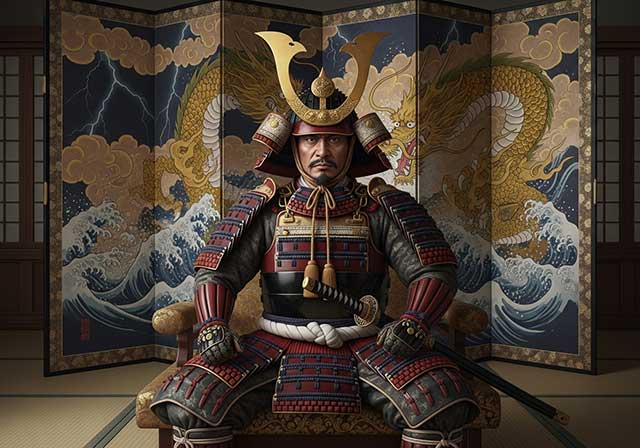
Takanobu was the eldest son of Ryūzōji Takaie and the great-grandson of Ryūzōji Iekane. His father was killed by a man named Baba Yoritiku in 1544. At a young age, Takanobu took Buddhist vows and received the monastic name Engetsu. However, around the age of eighteen, he returned to secular life, and in 1548, after the death of Ryūzōji Tanehide, he became the head of both branches of the Ryūzōji family.
-
Ouchi Yoshihiro
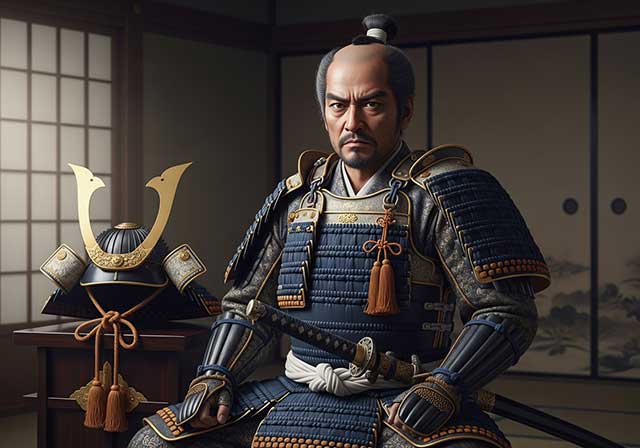
Ōuchi Yoshihiro was the second son of Ōuchi Hiroyo, who headed the Ōuchi clan in the western part of Honshu. In 1363, Shogun Ashikaga Yoshimitsu confirmed the Ōuchi family in the position of shugo of Suō and Nagato Provinces. In his youth, Yoshihiro assisted his father in strengthening the influence of the Northern Court on the island of Kyushu — they served under Imagawa Ryōsun, who had been tasked with subjugating the nine provinces of Kyushu.
-
Ouchi Yoshioki
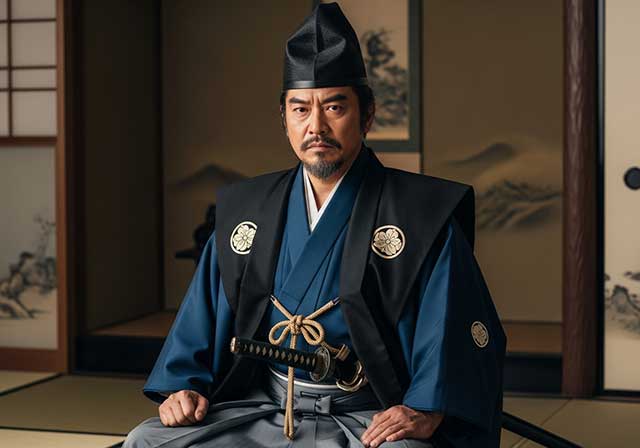
Ouchi Yoshioki, the ruler of the provinces of Suo, Nagato, and Iwami, was one of the most capable military commanders and politicians of the late 15th and early 16th centuries. The son of Ouchi Masahiro, he governed from his residence in Yamaguchi in the province of Suo. In 1499, Yoshioki gave refuge to Shogun Ashikaga Yoshitane, who had been driven out of Kyoto by Hosokawa Masamoto. Shogun Yoshizumi, Masamoto’s protégé, ordered the lords of Kyushu to unite their forces against Yoshioki; however, they did not dare to do so, fearing the power of a man who by that time controlled six provinces. Having gathered a substantial army, Yoshioki marched from his native Suo toward Kyoto in order to restore Shogun Yoshitane to power.

